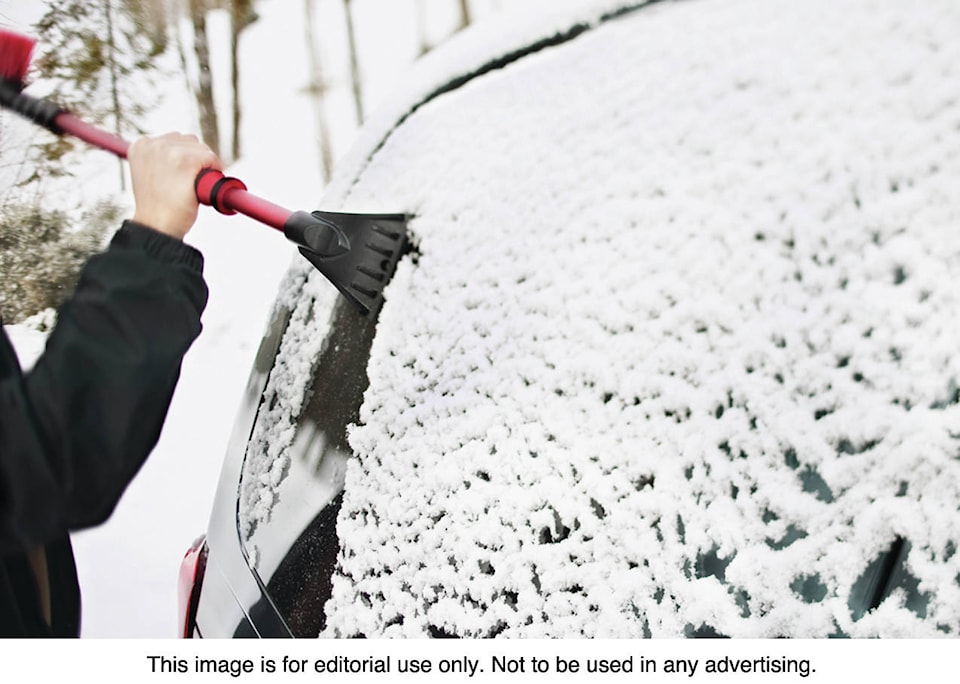As fall gradually gives way to winter, vehicle owners often sigh at the thought of driving in winter weather or spending weekday mornings clearing their vehicles of ice before heading to the office. But manning the wheel through another snowstorm or whittling away another night’s worth of ice from a car’s windshield are not the only rites of passage motorists must endure as cold weather returns.
Winterizing a vehicle can improve vehicle performance during a time of year that, in many locales, can be especially harsh on automobiles. Low temperatures make for less than ideal conditions for engines to run, while potholes left behind by snow plows can damage a vehicle’s wheels and may even result in flat tires and a damaged suspension system. In addition, salt used to improve traction on roadways can cause rust. Short of moving to a locale with mild winters, there’s little drivers can do to protect their vehicles from harsh winter weather. But winterizing a vehicle can prevent some of the more common issues drivers may encounter when the temperatures dip below freezing.
• Take time out for your tires. Winter weather can limit traction, putting the safety of drivers and their passengers in jeopardy. When possible, avoid driving in the snow, and steer clear of roads where ice and black ice are known to form.
While such measures can greatly reduce your risk of being in an accident, you likely can’t avoid driving entirely come the winter. Drivers who want improved traction from their tires throughout the winter can purchase winter tires for their vehicles. Such tires can more effectively handle roads that are covered in snow and ice than all-season tires. Another way to improve traction during the winter months is to constantly monitor tire pressure, which decreases more rapidly when the weather is cold. Properly inflated tires provide better traction and protect against damage that may occur when driving over potholes.
• Consider a low-viscosity oil in the winter. The owner’s manual of your vehicle may recommend you use a lower viscosity motor oil to counter the dip in temperature that’s synonymous with winter. When the temperatures outside fall, the oil inside your vehicle thickens, and a thicker oil won’t circulate through the engine as well. This can cause engine problems because the engine won’t be adequately lubricated. A low-viscosity oil is naturally thinner, so it may improve lubrication throughout the winter. The vehicle owner’s manual should recommend oils based on climate. If not, talk to your mechanic about changing from the oil you use throughout the year to a low-viscosity alternative during the winter.
• Inspect your vehicle before winter arrives. No one wants to be out on the road during the first snowstorm of the year only to discover certain components are not working properly. Belts and hoses, while durable, can be put through strenuous conditions during the winter months, so a close inspection of belts and hoses should be conducted in late fall. In addition, windshield wipers are especially important in winter, when snowfall can drastically impact visibility. You will want your wipers working at full capacity once the winter begins, so replace older wipers (shelf life for standard wipers is typically one year) and use a de-icing windshield washer fluid to maximize visibility.
Another component that must be inspected is your car’s battery. Many drivers have experienced a dead battery, which, in warm weather, is more of a nuisance than a health concern. In cold weather, a dead battery can threaten your health if you find yourself stranded in cold weather. Especially low temperatures can compromise a battery’s power by as much as 50 percent, so have your battery inspected in late fall and replace it if need be.
• Don’t be caught off guard. Part of winterizing a vehicle is being prepared if the vehicle breaks down. Make sure you have extra washer fluid in your vehicle’s trunk, and don’t forget to include an ice scraper, snow brush or even a snow shovel in the trunk as well. A snow shovel may be necessary if you need to dig your car out if it’s been buried somewhere other than your driveway. Other items to carry in your trunk include a blanket, a change of clothes, an extra hat, an extra pair of gloves, some nonperishable food, and a few bottles of water.
Winter can be especially harsh on automobiles. But drivers can take several preventive steps to ensure their vehicle is safe and sound on the roads this winter.
